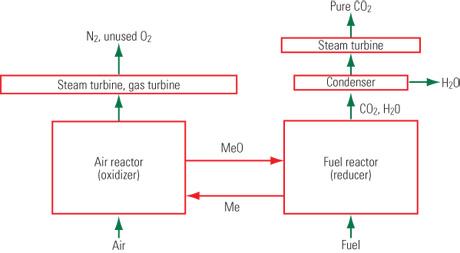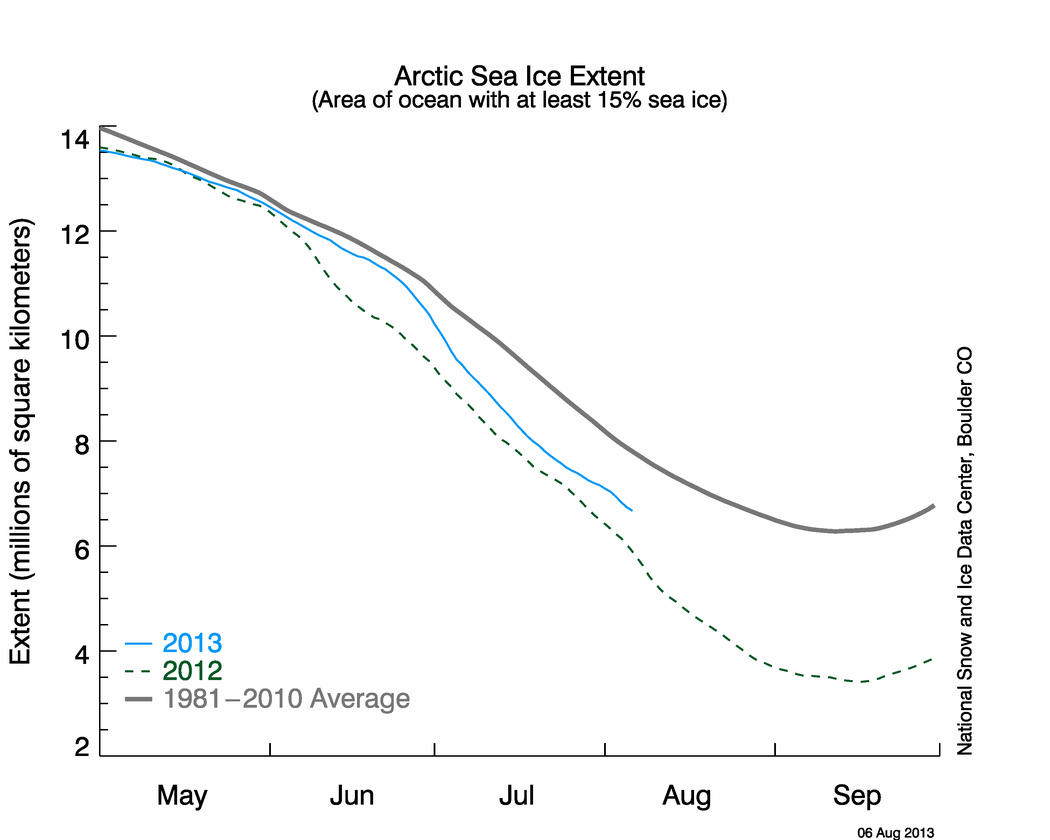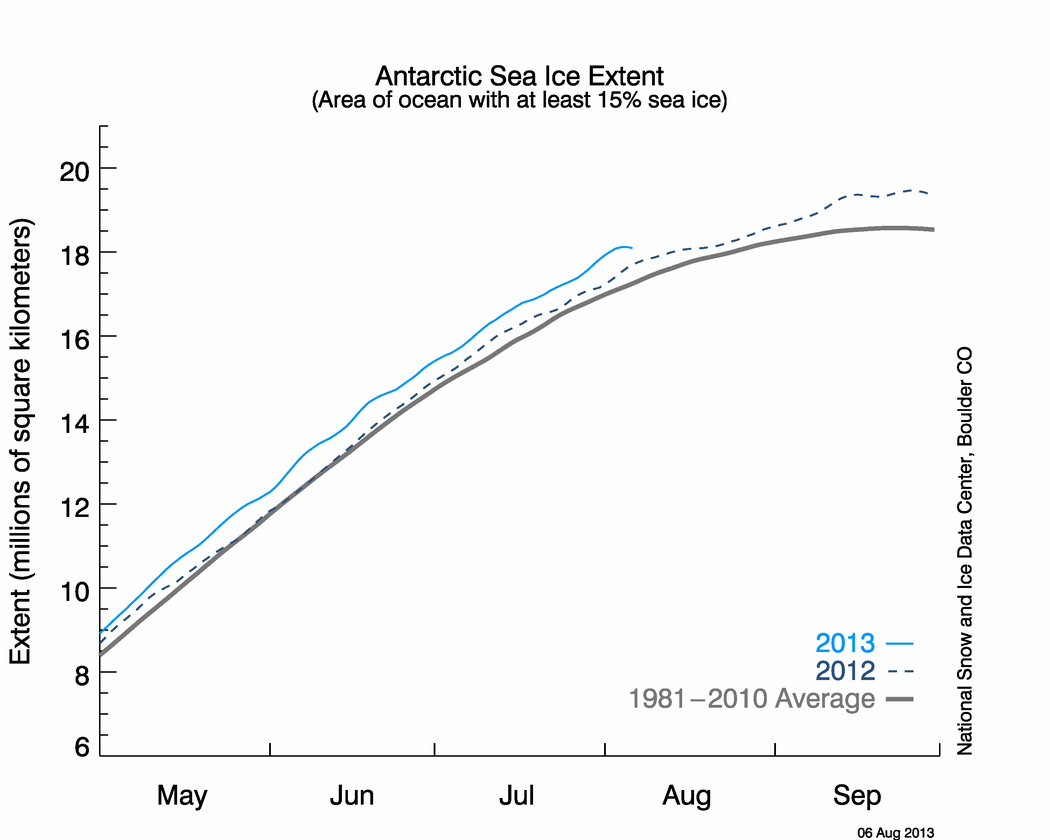Cui bono? Cui pendo?
 Who benefits and who pays are the subterranean questions about Open Access to the scientific literature. Caught between the stubborn and unthinking rocks of the commercial publishers and the waves of declining budgets, libraries are being trashed. Anyone sitting on a departmental library committee has spent the last 20 years finding out which subscriptions can only be terminated with extreme displeasure by at least one vociferous member of the faculty. Bunnies will be surprised how often the decision hangs on how unpleasant Prof. A can be when he wants to be that way, and how accepting Prof. B will be. On the other hand there are those subscriptions that simply disappear into the night when the librarian "forgets" to renew them, only to discover at the 24th hour that there are no funds to correct that error. Of course, if the department really cares they can find the funding for picking it up again.
Who benefits and who pays are the subterranean questions about Open Access to the scientific literature. Caught between the stubborn and unthinking rocks of the commercial publishers and the waves of declining budgets, libraries are being trashed. Anyone sitting on a departmental library committee has spent the last 20 years finding out which subscriptions can only be terminated with extreme displeasure by at least one vociferous member of the faculty. Bunnies will be surprised how often the decision hangs on how unpleasant Prof. A can be when he wants to be that way, and how accepting Prof. B will be. On the other hand there are those subscriptions that simply disappear into the night when the librarian "forgets" to renew them, only to discover at the 24th hour that there are no funds to correct that error. Of course, if the department really cares they can find the funding for picking it up again.
Coupled with this is the public perception that having paid for the research (mostly) via grants and contracts, they have the right to read the results for free, indeed that they have the right to pester the researcher without end, ignoring the fact that the public has not paid for the publication. This, often purposeful, misunderdistinction, ignores the samidzat of grant reports, annual, final and otherwise, generated each year by each grant and submitted to the funding agencies which no one questions that anyone who wants to, can see assuming the research is not classified. These have been increasingly moving on line. For example, NASA maintains a searchable technical report data base for grant activities. These databases are not necessarily "intuitive" and often require guidance from a skilled librarian to usefully access and there is not yet a universal requirement that the reports be submitted in electronic format although multiple paper copies are required.
In 2004 the Welcome Trust published a report on the costs of academic publishing which provides a useful basis for evaluating Open Access. The first dragon slain (and one that seems difficult to keep dead) is that the cost of publishing a paper, even in electronic format, is zero. A key concept in any such analysis is first copy costs, the costs of processing a submission and preparing accepted papers for publication in either electronic or paper formats. The Welcome report concluded that
First-copy costs have a range of roughly $250–$2000. The cost of producing the first copy for a good-to-high-quality journal is approximately $1500.
Fixed costs, which include first-copy costs, are approximately $1650 per article for a good-to-high quality subscription journal.
Based on first-copy costs, the total cost of producing an article for a good-to-high-quality subscription journal is of the order of $2750 plus a contribution to overheads and profits.
The latter includes the costs of printing and distribution and/or establishing and maintaining an electronic distribution system. The first copy costs in "medium quality" journals are lower, by almost a factor of two driven by a lower rejection rate. A journal which publishes only 10% of submissions (Science, Nature, PRL for example) rejects nine papers for every paper which is accepted. A journal with a rejection rate of 50%, on the other hand, rejects only 1 of every two submitted. Thus, the reviewing costs of the first journal, which sees 10 papers for every 1 published, will be five times higher than that of the first. Welcome estimates a median cost of ~ $175 US for handling each submission. This does not include the opportunity cost for external referees who review without pay but does include the time of the editorial staff and associated overheads.
In addition to the cost of reviewing submissions, additional fixed costs per paper published include copy editing, graphics preparation, the cost of covers and setting up all the other stuff such as editorials, news, etc. This varies between journals. There are variable costs. These include printing and paper, setting up and maintaining an electronic archive, marketing, depreciation, licensing, etc. The general conclusion of all studies is that the cost of a print journal and an electronic one are broadly the same.
The report recommends going to an "author-pays" system. They see a number of advantages
Total costs for author-pays journals are likely to be lower. They include some extra cost for managing the charging system for authors but do not carry any costs for subscription management, license negotiations, or many sales costs. A conservative estimate of the charge per article necessary for author-pays journals lies in the range $500–$2500, depending on the level of selectivity used by the journal, plus a contribution to overheads and profits.
An issue that they do not confront is how to deal with printing costs in such a system. Presumably libraries would pay the actual cost of printing, mailing and binding. They do make a recommendation for such a system
It is possible to separate the cost of submission, namely peer review costs for all articles both accepted and rejected, from cost of publication in an author-pays system. It is feasible, to set up a price system which levies a submission fee and a publication fee. In such a system all authors would pay for their articles to be peer reviewed. Those authors whose articles were accepted would then pay an additional publication fee. A submission fee of no more than $175 is a likely median figure and a publication charge of around of $250–$750 might then be feasible.
This leaves aside how unfunded authors or those from underdeveloped or developing countries would be handled in such a system but it does have the advantage of limiting multiple submissions and least publishable fragmentary ones. This also somewhat neglects the experience with page charges, which are also an author-pays system, but an author pays flat fee arrangement for electronic publishing and a per volume charge to libraries for printed copies is probably the lowest cost model available. It also cleans up the right to read issue, as grants will be used to pay the first copy/electronic publishing charges which will be Open Access.
Comment. BTW RFTR
 Nit picker that he is (Rabett's have grooming issues, mostly because they play with a bunch of dirty denialists), there is only one thing he would pick on, this chart, which shows the range of climate forecasts. People who need this primer, don't have a clue what A1, A2, B1 and B2 are. B1 and B2 being bananas with Aussie accents.
Comments?
Nit picker that he is (Rabett's have grooming issues, mostly because they play with a bunch of dirty denialists), there is only one thing he would pick on, this chart, which shows the range of climate forecasts. People who need this primer, don't have a clue what A1, A2, B1 and B2 are. B1 and B2 being bananas with Aussie accents.
Comments?










